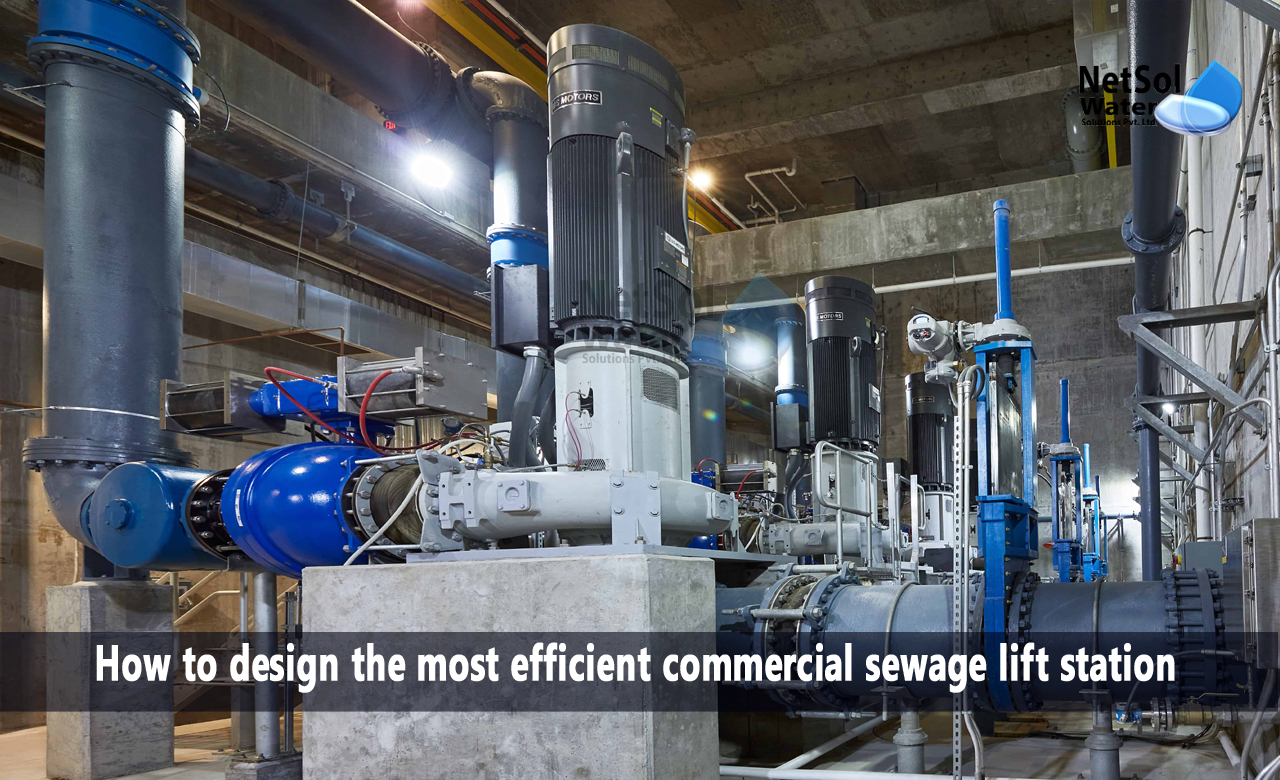How to design the most efficient commercial sewage lift station?
Designing an efficient commercial sewage lift station is crucial for effective sewage transportation and treatment. A lift station is a critical component of the sewage collection system that pumps wastewater from a lower elevation to a higher elevation for further treatment. A well-designed lift station can improve operational efficiency, reduce maintenance costs, and minimize the risk of system failures. To achieve optimal performance, a lift station must be designed based on the specific needs of the application, including flow rate, discharge head, and available space.
In this blog, we will explore some key factors to consider when designing the most efficient commercial sewage lift station for your business.
Factors to consider when designing commercial sewage lift station:
Capacity
The first factor that should be considered when designing a commercial sewage lift station is capacity. The capacity of the lift station should be designed to handle the maximum amount of wastewater that it is expected to handle. This includes peak flows, which can occur during heavy rain events or periods of high water usage. The capacity of the lift station should also be designed with future growth in mind, to accommodate increases in wastewater flow as the area grows.
Location
The location of the lift station is another critical factor that should be considered during the design process. The lift station should be located as close as possible to the source of wastewater to minimize the length of the discharge pipe. This will reduce the potential for clogging and minimize the cost of the discharge pipe. The location of the lift station should also be easily accessible for maintenance and repair, and away from residential areas to minimize noise and odor problems.
Pump Type and Size
The type and size of the pump used in the lift station is another critical factor that should be considered. The pump should be selected based on the volume and nature of the wastewater being transported. The pump should be able to handle solids and be designed to prevent clogging. The impeller should also be designed to prevent clogging and ensure that the pump operates at maximum efficiency.
Control System
The control system is another critical component of a commercial sewage lift station. The control system should be designed to ensure that the pump operates at optimal levels and can respond to changes in flow rates. The system should also be able to monitor the performance of the pump and alert operators in case of any issues. The control system should be designed with redundancy to ensure that the lift station continues to operatein the event of a failure.
Ventilation
Proper ventilation is critical in minimizing odors and preventing the buildup of explosive gases in the lift station. The ventilation system should be designed to provide adequate air exchange and prevent the buildup of harmful gases. The ventilation system should also be designed with redundancy to ensure that the lift station continues to operatein the event of a failure.
Electrical System
The electrical system is another critical component of a commercial sewage lift station. The electrical system should be designed to provide reliable power to the lift station and ensure the safety of operators. Backup power should be provided to ensure that the lift station continues to operatein the event of a power failure.
Maintenance
Proper maintenance is critical to the continued operation of a commercial sewage lift station. The lift station should be designed to allow for easy access to all components for routine maintenance and repair. The lift station should also be equipped with sensors to monitor the performance of the system and alert operators in case of any issues.
Conclusion
The proper design of a commercial sewage lift station is critical to ensure that it functions efficiently and effectively. The design should take into account several key factors, including capacity, location, pump type and size, control system, ventilation, electrical system, and maintenance. By considering these factors, the lift station can be designed to meet the specific needs of the wastewater collection system and ensure the reliable and safe transport of wastewater to the treatment plant.
Do you need an advice or assistance on selecting the best water and waste water treatment unit? We have solutions for all your problems!
Let us now your problem, our experts will make sure that it goes away.
For an assistance or related query,
Call on +91-965-060-8473
Or write us at enquiry@netsolwater.com



